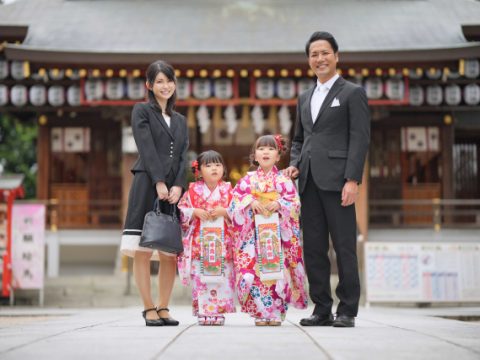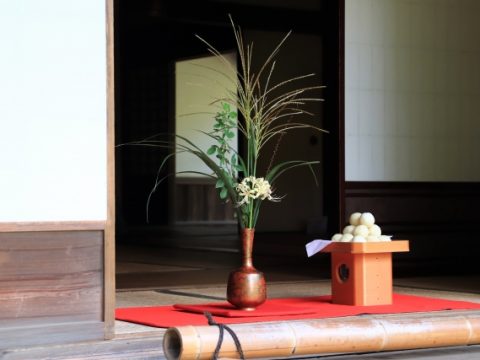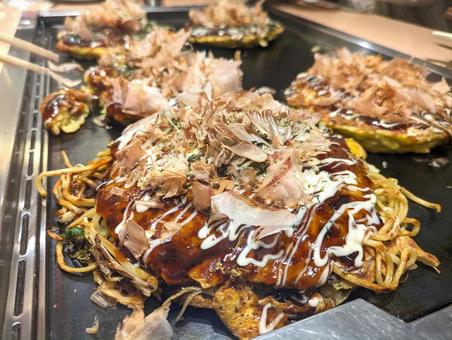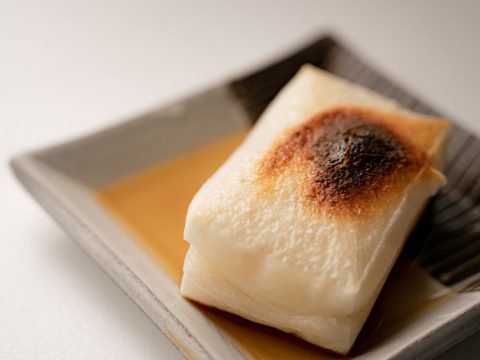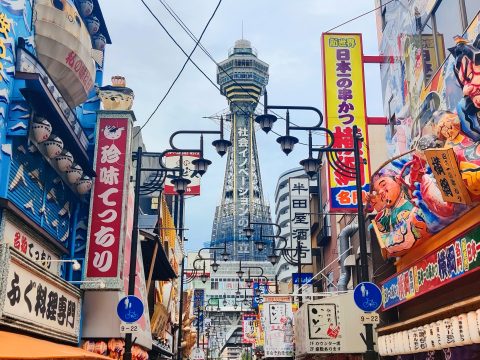Ichiju Sansai: 一汁三菜
JAPANESE FOODS
21.02.2022
Have you heard of Ichiju Sansai (一汁三菜)? It is how traditional Japanese food tables are set up for meals.
“One Liquid” and “Three vegetables”?
Ichiju (一汁) means “one liquid” when directly translated into English. For meal, it means “One soup”. Sansai (三菜) would be translated as “Three vegetables” with direct translation, but it means “Three sides”. Originally, the three sides are Namasu (なます: uncooked sliced vegetables and raw fish pickled in rice vinegar), one Yakimono(焼き物: traditionally it means grilled fish), and one Nimono (煮物: simmered meat and vegetables in seasonings). They are served along with steamed white rice, one soup, and small amount of pickled vegetable.

Ichiju Sansai= Guide to Balanaced meals
We also implement this word to create balanced daily meals.
It is not as strictly structured as described above. Ichiju Sansai in daily use means one bowl of rice, one bowl of soup, 1 main meal which is fish or meat, and 2 side dishes. It helps balance starch, proteins, and vegetables for every meals.

Japanese Manners and Ichiju Sansai
In Japanese restaurant, all the food listed above are placed on a tray. If you are eating at home, they are placed directly on the table. There are certain rules where to place those food in front of each person.
Chopsticks: Horizontally placed right in front of the person.
- Miso soup: Right bottom corner
- Rice bowl: Left bottom corner
- Main dish: Right top corner
- 1st side dish: Left top corner
- 2nd side dish: In the middle

Placement of the main dish and side dishes will differ depending on what and where you are eating, but the placement of soup and rice is the golden rule in Japan. Also, from old times, people are expected to be right handed. So the pointy end of chopsticks should always face toward the left, and the part to hold should always be on your right side when they are placed on the table/tray.
I believe some readers on this webpage are hoping to work in the Japanese food industry. It is something you should keep in your mind when setting up a tray in Japanese restaurant.
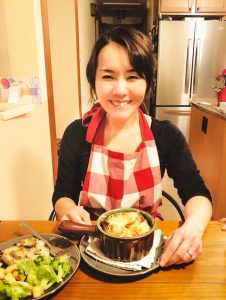
Eri Palmer
Eri grew up in Japan. She came to U.S. as an international student, and decided to stay in the country. Cooking is one of her passions, and she loves to cook Japanese food for her children.
Read previous articles by the writer
Read latest articles
KEYWORDS
- # PICKPICK
- # Resume
- # alcohol
- # Rice
- # Soup
- # winter food
- # Fast Food
- # seafood
- # spicy foods
- # raw food
- # fermented food
- # Transportation
- # MEAT
- # Edo culture
- # suits
- # clothing
- # drink
- # fish
- # seasoning
- # Japanese New Years Foods
- # Toshikoshi soba
- # Osechi Ryori
- # Ozoni
- # Christmas
- # Japanese fusion pasta
- # Wafu Pasta
- # Japanese Hot Pot
- # なべ
- # 鍋
- # Miyazaki
- # Chicken Nanban
- # Karamen
- # Autumn Wagashi
- # Mushi-yokan
- # Imo-yokan
- # Japanese Autumn Fruits
- # Autumn
- # Vending Machine
- # fall
- # dango
- # Chestnut rice
- # saury
- # Mushroom
- # Rice vinegar
- # Japanese condiments
- # 調味料
- # Sake
- # Mirin
- # Soy sauce
- # Japanese Noodles
- # Udon
- # Ramen
- # Yakisoba
- # Soba
- # Japanese Seaweed
- # 海藻
- # かいそう
- # Payslip
- # Training
- # Japanese summer foods
- # 和菓子
- # Wagashi
- # ryokucha
- # 夏
- # 飲み物
- # Ramune
- # ラムネ
- # Pokari Sweat
- # ポカリスエット
- # Calpis
- # カルピス
- # Mugicha
- # ume
- # 梅
- # うめ
- # umeshu
- # job hunting
- # tofu
- # Recruitment in Japan
- # miso
- # Japanese cuisine
- # Yellowtail and bonito
- # Children’s Day
- # Kashiwa Mochi
- # Chimaki
- # fruits
- # Kusamochi
- # Types of Agriculture in Japan
- # bread
- # パン
- # パン屋さん
- # japanese bread
- # shokupan
- # meal blead
- # anko bread
- # 桜
- # さくら
- # cherry blossom
- # visa
- # hanami
- # omotenashi
- # sakura
- # おもてなし
- # Japanese hospitality
- # oshibori
- # wet hand towel
- # hand towel
- # restaurant
- # Commuting in Japan
- # Women-only cars
- # Exit gate
- # japanese train
- # train
- # valentine
- # Japanese sweets
- # 朝食
- # Japanese Breakfast
- # Breakfast
- # Japanese
- # 日本
- # healthy
- # persimmons
- # hoshigaki
- # HR
- # work in Japan
- # jinji ido
- # corporate systems
- # Japanese work culture
- # bento
- # ekiben
- # shinkansen
- # omiyage
- # train station
- # Japanese culture
- # work culture
- # mentaiko
- # umeboshi
- # Japanese snacks
- # potato chips
- # Japanese potato chips
- # Japanese writing
- # seaweed
- # konbu
- # ocean foods
- # shio konbu
- # dashi
- # miso soup
- # food processing
- # pear
- # nashi
- # sweet potato
- # japanese sweet potato
- # stingray
- # satsuma imo
- # food value chain
- # homecooking
- # agriculture
- # Japanese homecooking
- # farming
- # nikujaga
- # shojin ryori
- # meat and potatoes
- # traditional foods
- # comfort food
- # buddhist food
- # manufacturing
- # factory
- # eihire
- # vegetarian
- # food and beverage
- # izakaya
- # yatai
- # japanese festival
- # taiyaki
- # matsuri
- # summer
- # Ikayaki
- # smart agriculture
- # shaved ice
- # kakigori
- # かき氷
- # summer dessert
- # Japan
- # Japanese foods
- # dessert
- # fruit
- # matcha
- # icecream
- # Pikcup
- # Pikc up
- # Pcikup
- # skilled labor visa
- # working visa japan
- # Dineer Table in Japan
- # Japanese manner
- # Japanese food
- # Japanese Table Manner
- # Chopsticks
- # Japanese traffic signs
- # traffic information
- # road rules in Japan
- # chocolate
- # green tea
- # Osaka
- # Work Japan
- # Japanese company
- # ikura
- # sushi
- # nigiri
- # wasabi
- # PCIK
- # PICK UP
- # PICK
- # PICKUP


